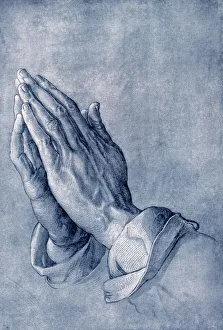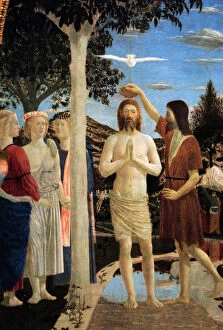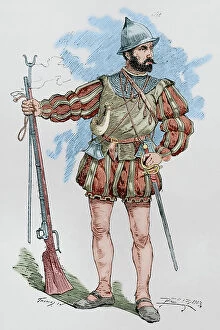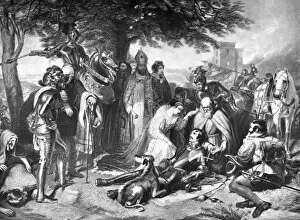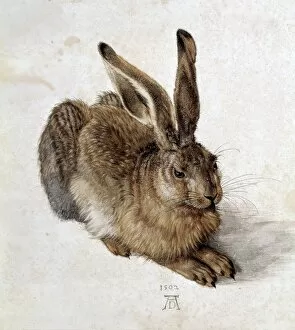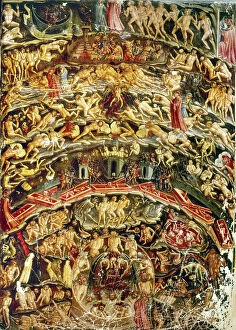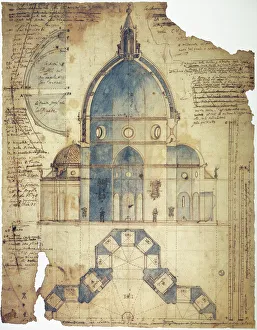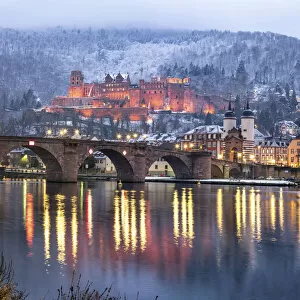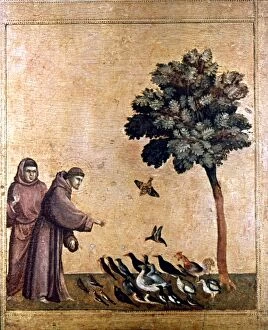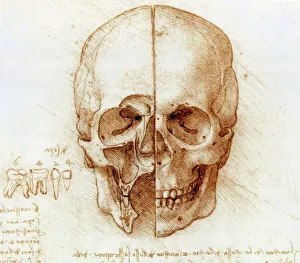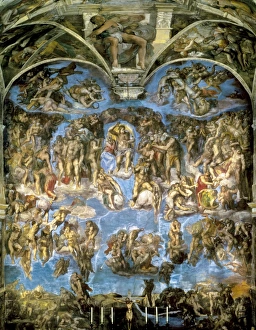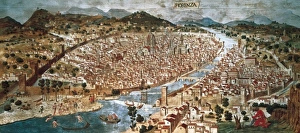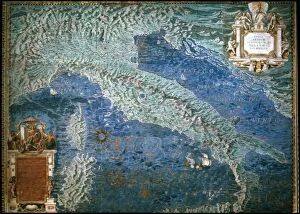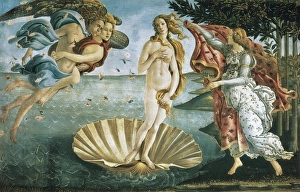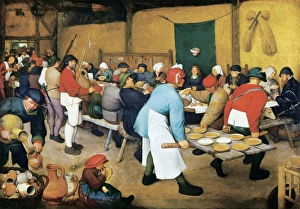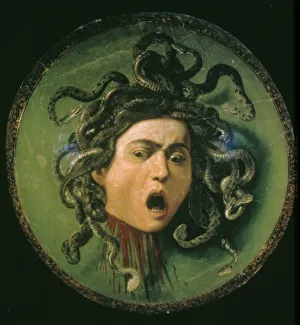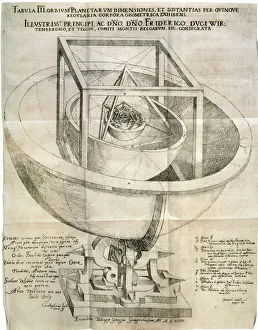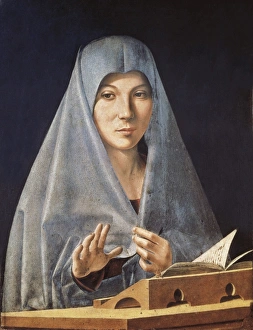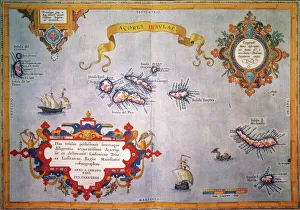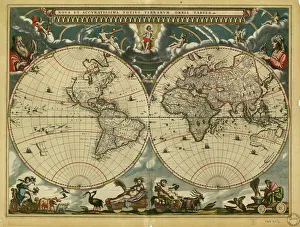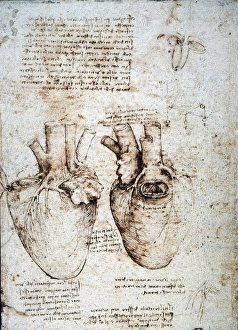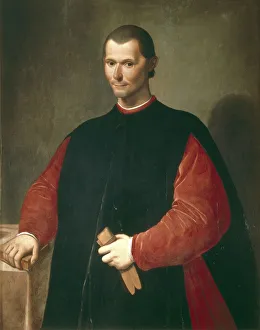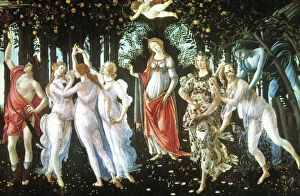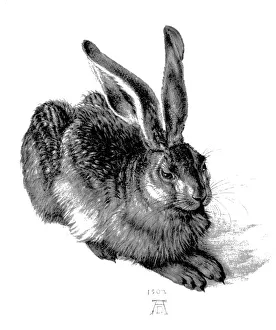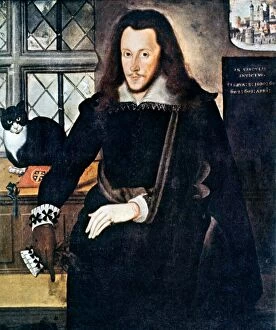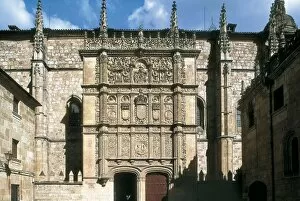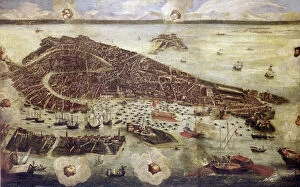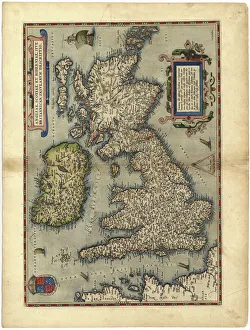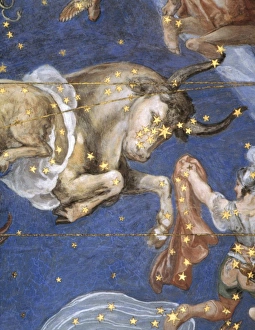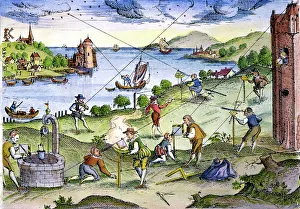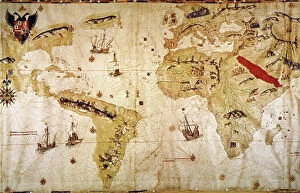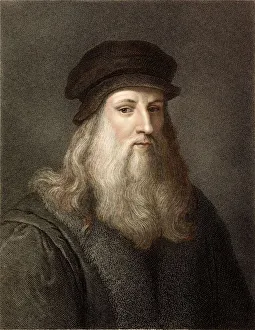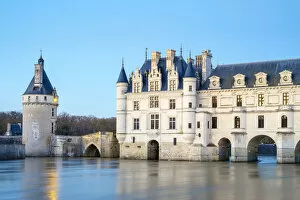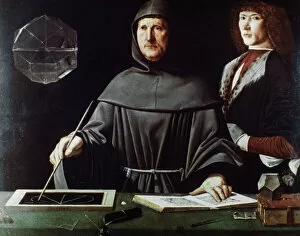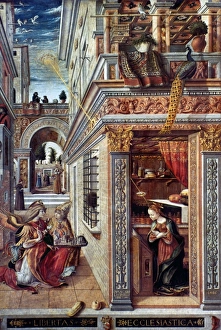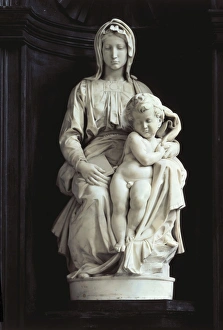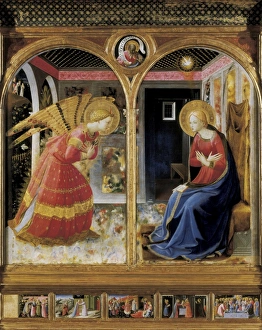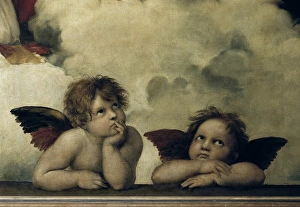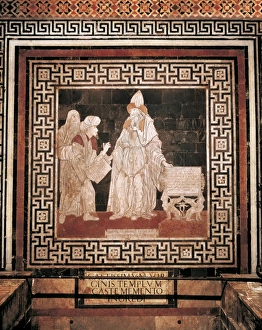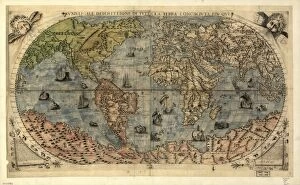Renaissance Collection
The Renaissance, a period of artistic and intellectual rebirth that spanned from the 14th to the 17th century
All Professionally Made to Order for Quick Shipping
The Renaissance, a period of artistic and intellectual rebirth that spanned from the 14th to the 17th century, brought forth a wave of creativity and innovation that forever changed the course of history. Artists like Albrecht Durer, with his intricate masterpiece "Hare" in 1502, showcased their immense talent and attention to detail. In this era, great minds such as Dante Alighieri emerged, whose Divine Comedy became an iconic work. The frontispiece depicting Dante praying hands by Durer perfectly captures the spiritual essence of this literary masterpiece. Leonardo da Vinci's contribution cannot be overlooked either; his anatomical studies on skulls revolutionized our understanding of human physiology. Architects like Filippo Brunelleschi left their mark on Florence with visionary designs such as the cross-section drawing for Santa Maria del Fiore Cathedral's dome. Lodovico Cardi da Cigoli's contemporary rendering allows us to glimpse into Brunelleschi's genius. Religious figures also played a significant role during this time. St. Francis of Assisi preached compassion towards all creatures, as depicted in Benozzo Gozzoli's predella panel showcasing him preaching to birds. Maps like Carta della Catena provide us with glimpses into cities' pasts; here we see Florence in all its glory in 1490—a bustling center of art and culture. Dante's Inferno woodcut from a Venetian edition transports us directly into hell itself—an eerie yet captivating representation that showcases both fear and fascination. Of course, no discussion about the Renaissance would be complete without mentioning Michelangelo Buonarroti—his Sistine Chapel ceiling frescoes are nothing short of breathtaking. Equally mesmerizing is his Pieta sculpture which beautifully captures Mary cradling Jesus after his crucifixion. Lastly, Alessandro Botticelli takes us back to classical mythology with "Birth of Venus, " where the goddess emerges from the sea, a symbol of beauty and rebirth.

